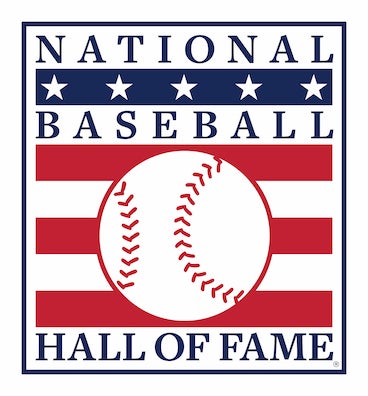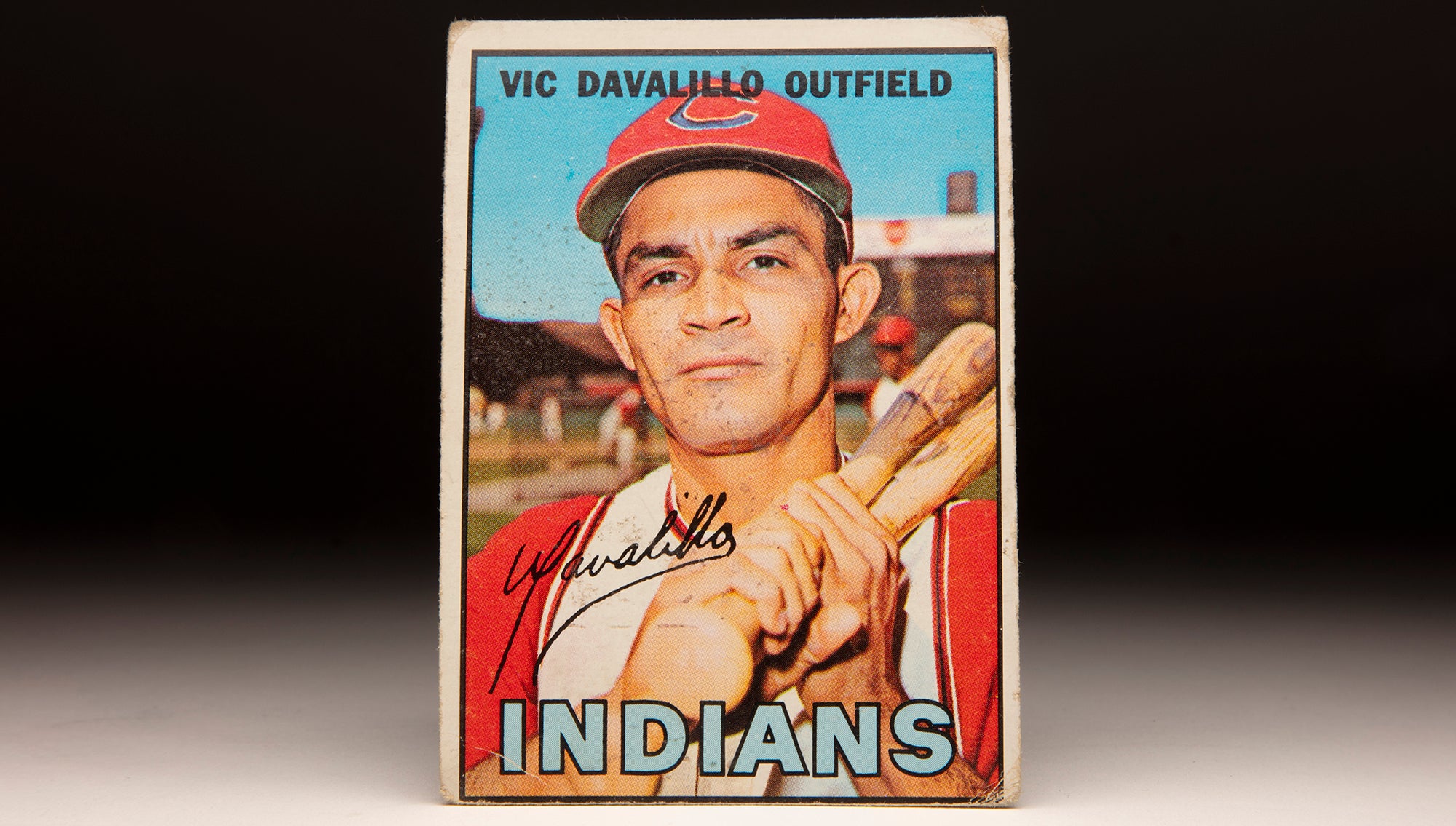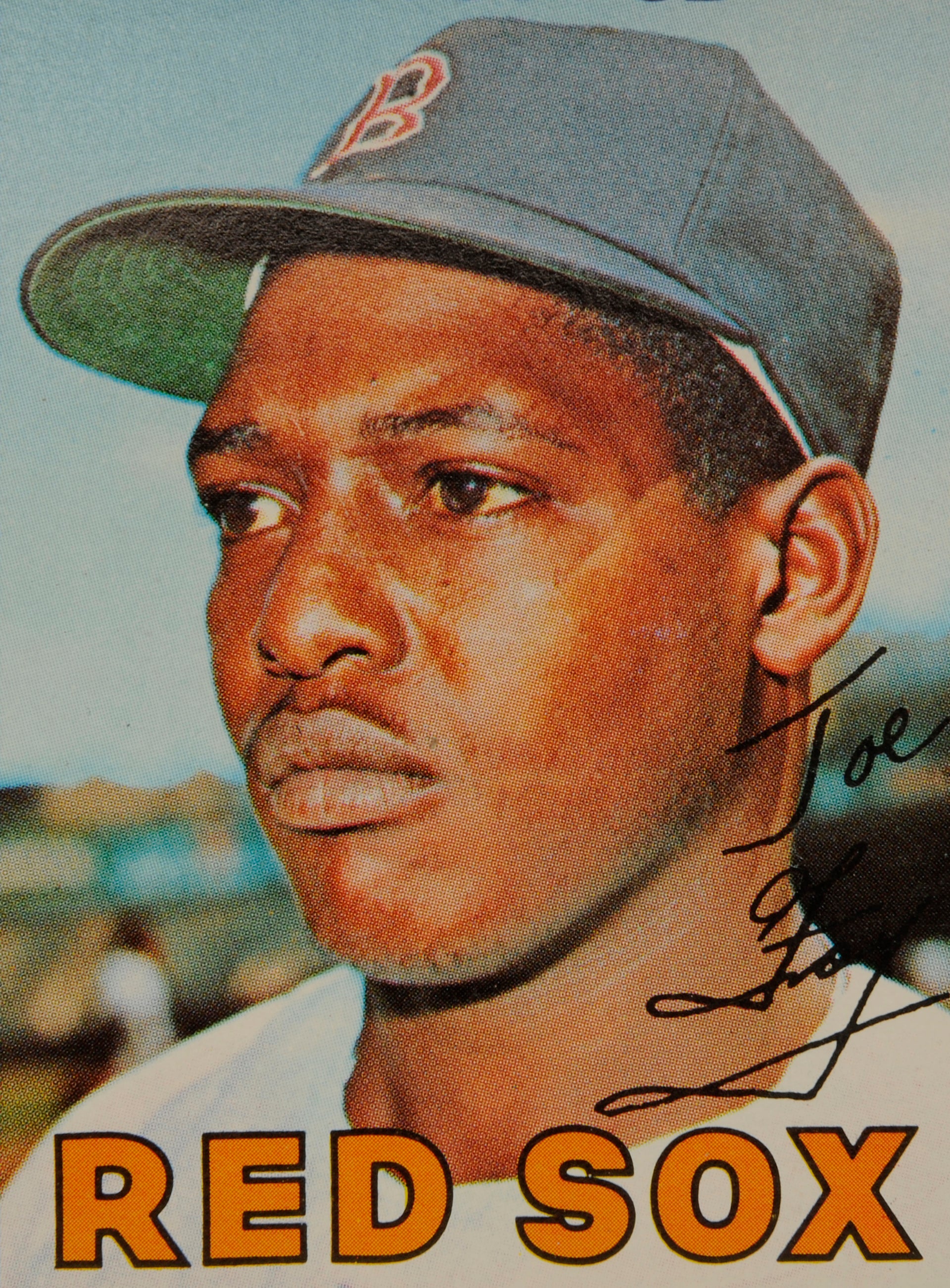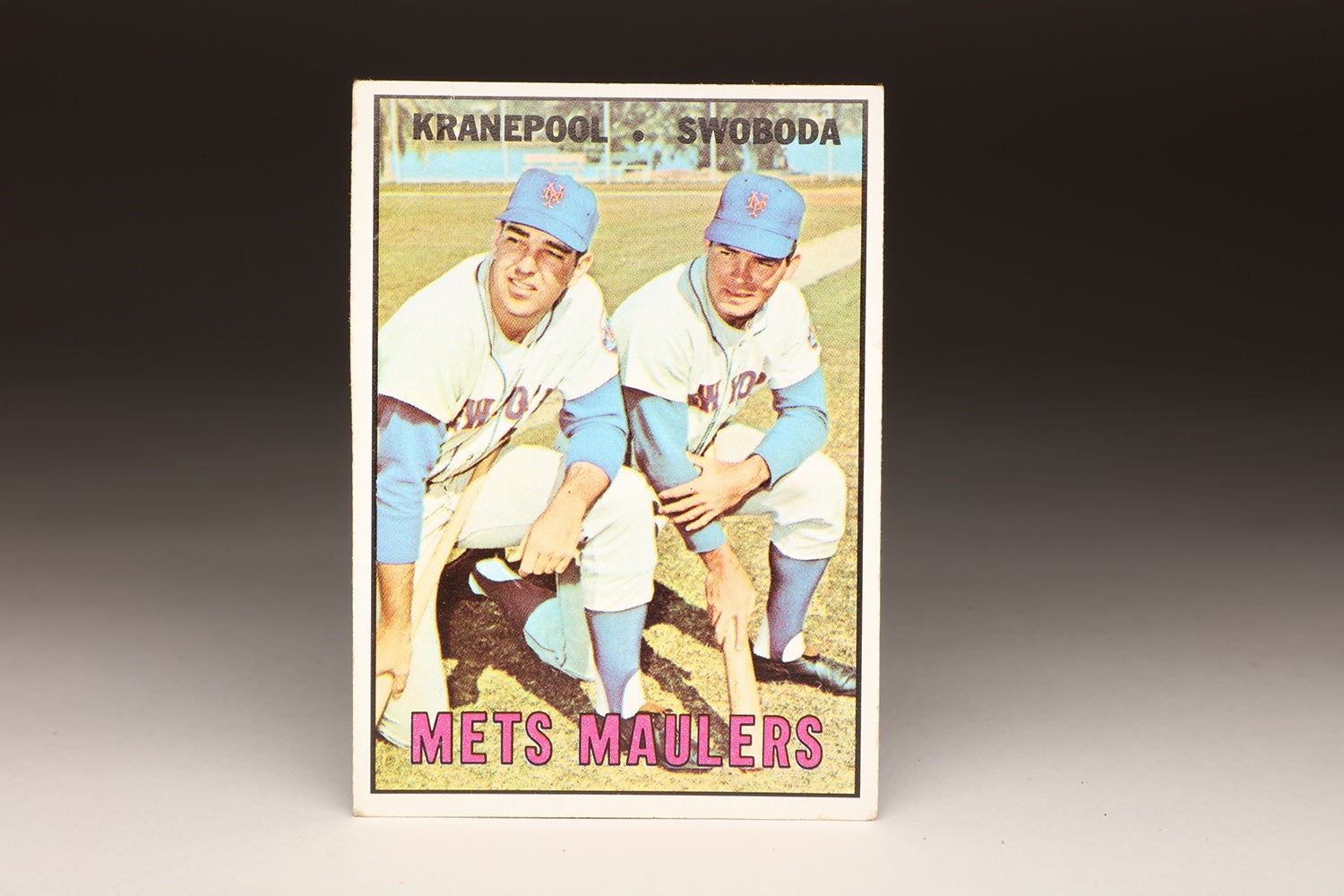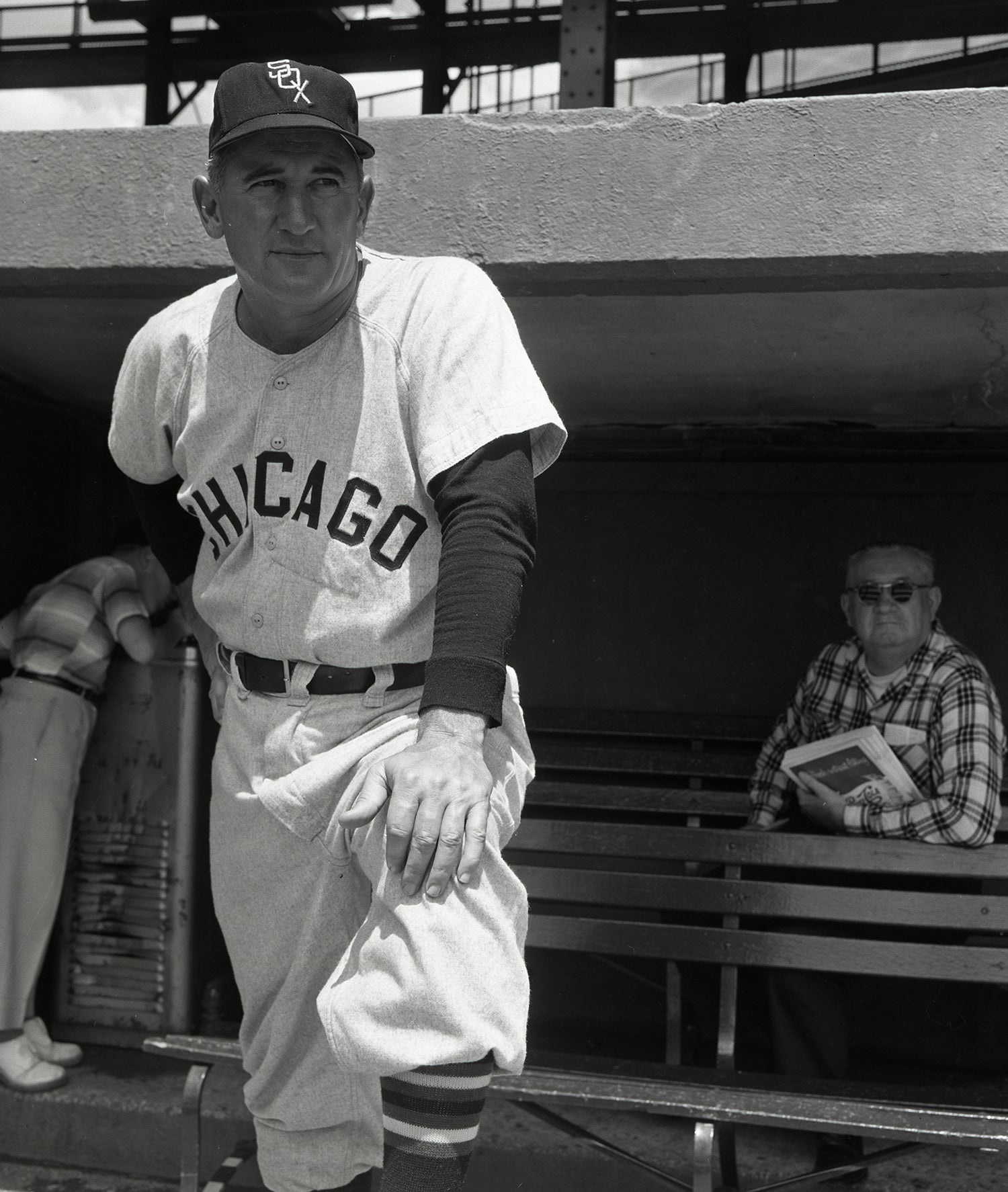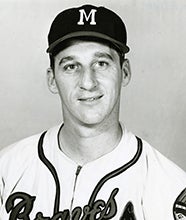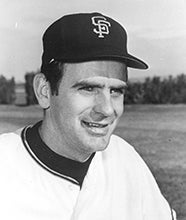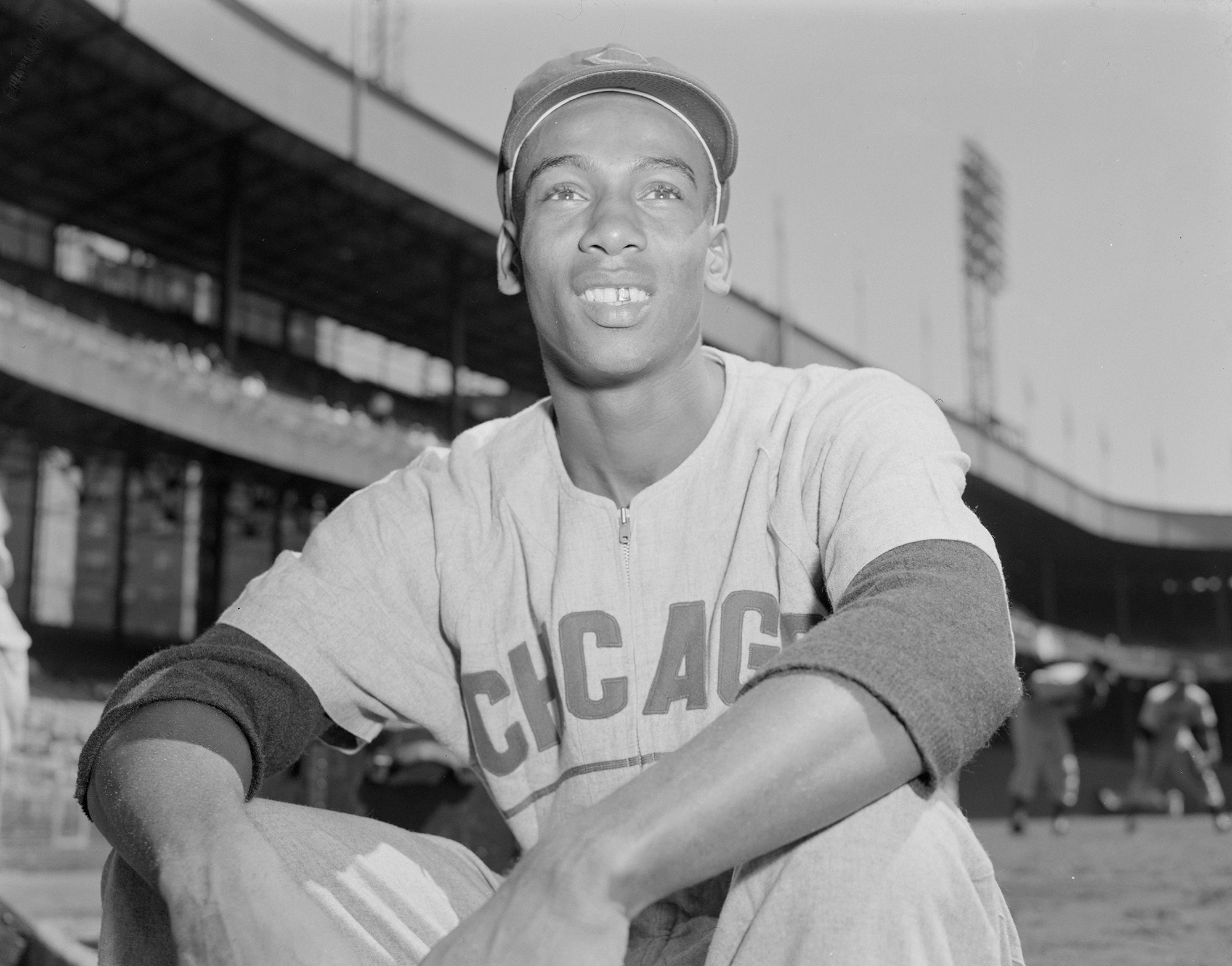- Home
- Our Stories
- #CardCorner: 1967 Topps Jim Hicks
#CardCorner: 1967 Topps Jim Hicks
Jim Hicks played in parts of five big league seasons, totaling 23 hits over 93 games. And yet, many who saw him play say he was one of the best athletes of his or any era.
His numbers over a decorated minor league career support those claims.
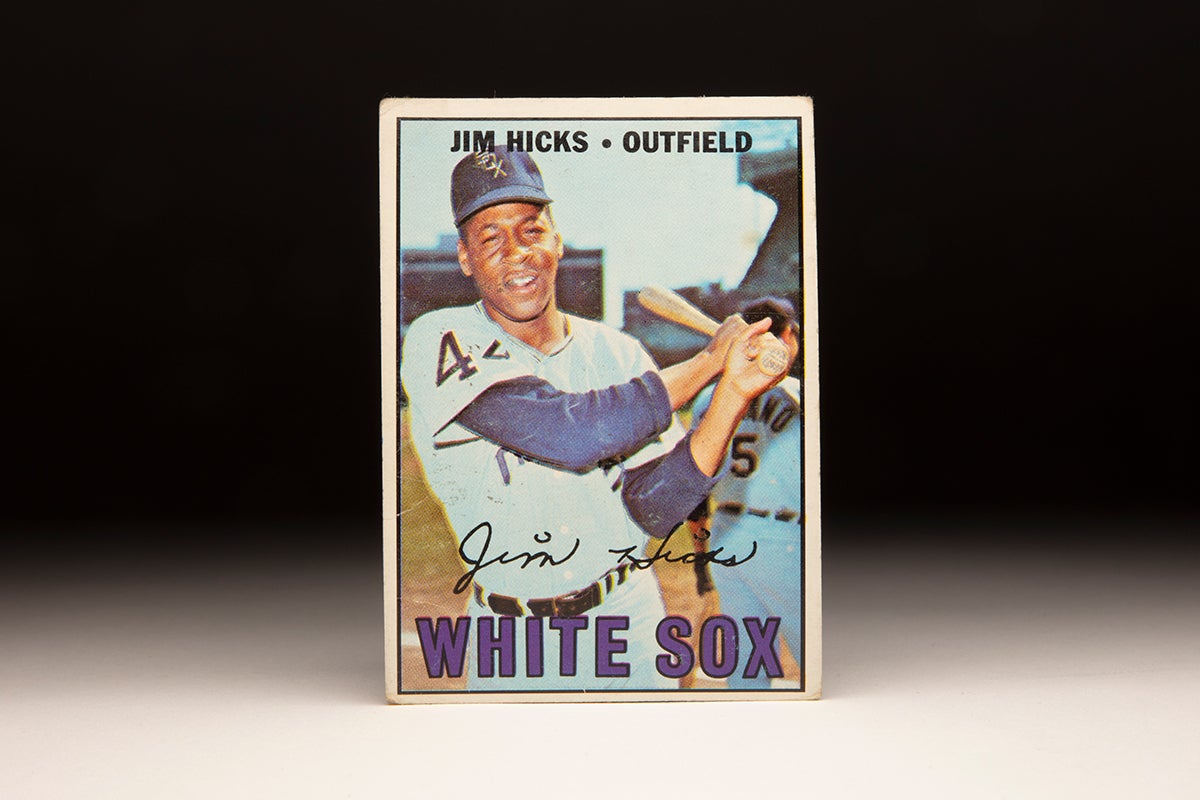
Born May 18, 1939, in Claiborne County, Miss., James Edward Hicks soon moved north and graduated from Roosevelt High School in East Chicago, Ind., in 1958. He was named the prep Athlete of the Year by the local newspaper – starring in basketball, baseball and football while winning a total of nine varsity letters – and earned a football scholarship to the University of Illinois, where he played freshman ball as a split end in the fall of 1958.
But Hicks – who led his high school football team to state titles in 1955 and 1957 – was ruled academically ineligible after the fall semester and returned home to East Chicago. There, the White Sox convinced Hicks that his future was in baseball, and he signed with the team on Feb. 24, 1959. As a high school senior, Hicks batted .438 as a third baseman and he also starred in American Legion play.
At 6-foot-3 and 180 pounds, however, Hicks was miscast as an infielder and was quickly moved to the outfield. The White Sox sent him to Holdrege of the Nebraska State League, where he hit .318 with 10 homers and 56 RBI in 62 games – leading the league in hitting for much of the year before a late-season slump. He was voted the league’s player most likely to make the majors.
Hicks spent the 1960 season with Class D Clinton and Class C Idaho Falls before returning to Idaho Falls in 1961. There, Hicks hit .288 with 21 homers and 100 RBI but struck out 143 times in 130 games. He also drew 84 walks to produce a .405 on-base percentage – but his lack of contact drew criticism during an era where strikeouts were viewed as a sign of a below-average hitter.
Hicks cut down his strikeouts in 1962, batting .301 with 11 homers and 96 RBI while fanning 75 times for Savannah/Lynchburg of the Class A South Atlantic League. That league became a Double-A loop in 1963, and Hicks was named the Player of the Year there after hitting a league-high 21 homers for Lynchburg and Macon.

Now firmly established as a top prospect, Hicks spent most of the 1964 season with Triple-A Indianapolis, batting .288 with 16 homers and 66 RBI in 101 games. He was called up to the White Sox in September, where he pinch-ran in two appearances late in the season.
In 1965, Hicks returned to Indianapolis and got off to a slow start but was recalled to the White Sox on July 9 while hitting .239 with 12 home runs and 39 RBI for the Indians. But after going 0-for-3 as Chicago’s left fielder in the second game of a doubleheader against the Orioles on July 10, Hicks appeared only in pinch-hitting or pinch-running roles the next two weeks before returning to Indianapolis.
Albeit indirectly, Hicks was part of history on July 25. White Sox manager Al López called on Hicks to pinch-hit for pitcher Tommy John in the sixth inning of the first game of a Sunday doubleheader in Detroit. But when Tigers manager Chuck Dressen removed pitcher Mickey Lolich, a left-hander, after the right-handed hitting Hicks was announced, López countered with Smoky Burgess to face new pitcher Terry Fox. Burgess followed with a two-run double that was his 108th pinch-hit of his career, breaking a record he shared with Red Lucas.
Hicks finished strong in Indianapolis in 1965, totaling 19 homers and 60 RBI while batting .268. He was called back to Chicago in September and hit his first big league home run on Sept. 28 against Detroit’s Hank Aguirre.
In 1966, Hicks was one of the White Sox’s final Spring Training cuts and was optioned to Indianapolis. He hit .279 with 15 homers and 61 RBI in 102 games for the Indians that year before spending much of August and September with the White Sox, getting just 26 at-bats over 18 games while once again assuming a role as pinch-hitter and pinch-runner.
He started in left field for Chicago on the season’s final day – and would not appear in another big league game until 1969.
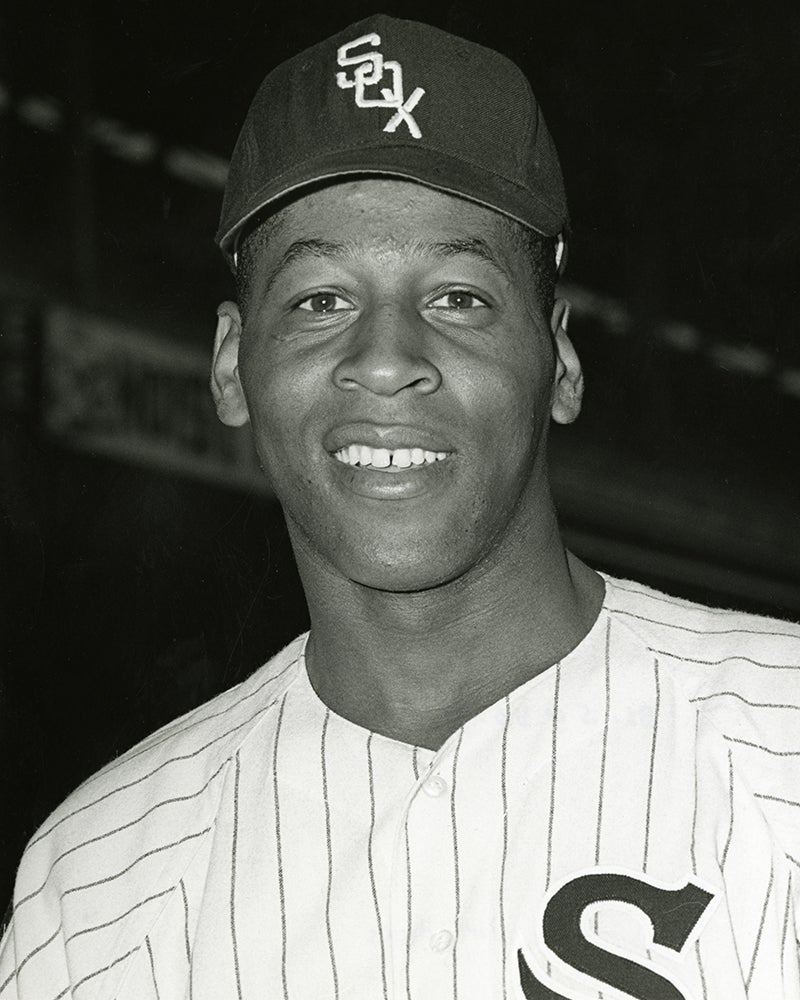
After playing all of the 1967 campaign with Indianapolis – while hitting .288 with 12 triples, 21 homers and 87 RBI in 143 games – Hicks got a chance in another organization when his contract was sold to the Cardinals on Oct. 13.
“I can’t explain it,” Hicks told the Tulsa World about the transaction. “No one gave me any reasons; I was surprised and disappointed when I heard about (the deal). The Cardinals have so many fine players I knew it was going to be tougher to get to the big leagues.”
The deal also included the Cardinals sending first baseman George Kernek to the White Sox, and St. Louis immediately assigned Hicks to its Triple-A team in Tulsa, where Kernek had played in 1967.
“(Hicks) was a thorn in our side last season,” Tulsa manager Warren Spahn told the World after the trade, referencing a game where Hicks totaled eight RBI against the Oilers.
In 1968, Hicks would make Spahn glad he was on his side. He led the Pacific Coast League in hitting with a .366 average, almost 60 points better than any other batter in what would be known across baseball as The Year of the Pitcher. He scored 100 runs in just 117 games (he missed time while completing a commitment in the Army Reserves), blasted 23 home runs and compiled a .461 on-base percentage en route to being named league Most Valuable Player.
Hicks entered the offseason hoping to be selected in the Expansion Draft that stocked MLB’s four new teams set to debut in 1969. But he was not chosen.
Still, Hicks was among the players the Cardinals were counting on for their bench in 1969 after losing outfielders Roger Maris (retired) and Bobby Tolan (traded) from their 1968 National League pennant winners. And when Vada Pinson, who was acquired in the Tolan deal, suffered a hairline fracture in his right leg in April, Hicks got more playing time.

Hicks started slowly with only three hits in his first 24 at-bats but warmed up in May, hitting his second career home run on May 21 in San Francisco off future Hall of Famer Gaylord Perry.
“I was overswinging (early in the season) but, by playing a little more, I’ve developed the confidence that I can hit up here,” Hicks told the St. Louis Post-Dispatch.
Others also had confidence in Hicks, who became a father for the third time when his wife, O’Deal, delivered a baby girl on April 15.
“The pitcher had better have good stuff on the ball,” Cardinals hitting coach Dick Sisler told the Post-Dispatch, “if he gets it up and in to Hicks.”
But after starting in right field five times in six games in late May, Hicks saw his time in St. Louis end. On May 30, the Cardinals traded him to the Angels in exchange for Vic Davalillo.
Hicks, however, was thankful for his stint with the Cardinals.
“I guess I would have quit if the White Sox hadn’t traded me,” Hicks told the Hammond (Ind.) Times following the 1968 season. “(White Sox manager) Eddie Stanky could really manage…In fact, he probably taught me 80 percent of my baseball. But there always seemed to be something missing. With the White Sox, I never felt I got a real chance, though I’m not saying I was right or they were right. I would go 0-for-4 one day and be on the bench the next.
“They say a change of scenery can help people. It sure helped me. The whole Cardinal system made me feel at home.”
And the Angels were glad to welcome Hicks into their clubhouse.
“We wanted another right-handed hitter,” Angels manager Lefty Phillips told the Associated Press after the trade. “Hicks can also play first base.”

Hicks stayed with the Angels for the rest of the season, appearing in 37 games off the bench. He totaled 56 games that year in his only full season in the big leagues, batting .130 with four homers and 11 RBI.
In the spring of 1970, Hicks called the 1969 season “absolutely the lowest point of my career” despite avoiding a minor league assignment.
“I know inside that I can play here,” Hicks told the Long Beach (Calif.) Independent in the spring of 1970. “All I have to do is prove it to somebody. I’ve tried not to worry about things but I can’t. I guess in my position if I ever stopped worrying something would be dreadfully wrong.”
Hicks made the Angels’ Opening Day roster in 1970 but appeared in just four of the team’s first 14 games – all as a pinch-hitter. On April 22, the Angels sold Hicks’ contract to the Triple-A Hawaii Islanders of the Pacific Coast League.
Though his playing career would continue through 1974, Hicks would not play in the big leagues again.
Hawaii manager Chuck Tanner, however, was happy to have Hicks in his lineup in 1970.
“It may take him a while to get going, but he’s a major league hitter,” Tanner told the Honolulu Star-Bulletin.
Hicks hit .309 with 12 home runs and 63 RBI for Hawaii in 1970. Then in 1971, the Islanders changed their affiliation from the Angels to the Padres but Hicks remained under contract to Hawaii. He batted .330 with 26 homers, 78 RBI and a .455 OBP in 104 games.
In 1972, Hicks played in 139 games for the Islanders, batting .326 with 26 home runs, 87 RBI, 104 walks and a .458 OBP. But he found no opportunities in the majors.
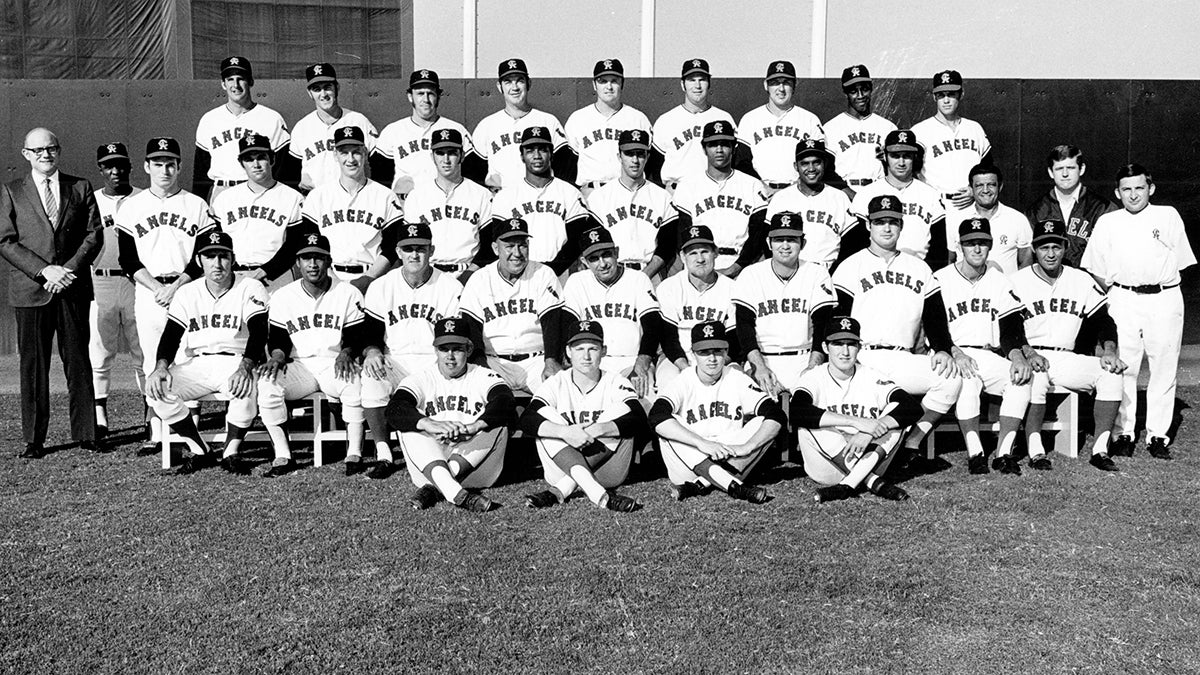
On Dec. 5, 1972, the Islanders sold Hicks’ contract to the Hiroshima Carp, and the Japan Central League team gave Hicks a two-year deal worth a reported $70,000. In 329 games with Hawaii over three seasons, Hicks had hit .323 with 64 home runs and 228 RBI.
“I’ll be leaving the Islanders with mixed feelings,” Hicks told the Star-Bulletin. “I like the people in Hawaii and the climate, but the contract is a good one. It has to be, or I wouldn’t have considered going to Japan.”
Hicks, however, was unable to translate his Pacific Coast League success into the same numbers on the other side of the ocean. He batted .250 with 16 homers and 49 RBI in 105 games in 1973 as his on-base percentage fell to .299.
Then in 1974, Hicks batted .243 with 17 homers and 40 RBI in 78 games.
“The Japanese lay heavy emphasis on trying to score the first run of the game because they believe the team which scores first is going to win,” Hicks told Newsday late in the 1974 season in a story about American players making the adjustment to playing in Japan.
Newsday reported that Hicks was removed mid-game and benched for several games afterward because he hit into a first-inning double play.
When his contract expired after the 1974 season, Hicks’ career came to an end. But he remained a large presence in Hawaii, working as a passenger service supervisor for Continental Airlines and staying with the company for more than 30 years.
Hicks passed away on Oct. 29, 2020, in Missouri City, Texas, at the age of 81. His big league career consisted of 161 plate appearances over 93 games with the White Sox, Cardinals and Angels. But in eight Triple-A seasons, Hicks hit .307 with a .417 OBP and 158 home runs.
For Jim Hicks, the last rung on the baseball ladder proved the biggest obstacle.
“Baseball is a very hard way to go in sports,” Hicks told the Hammond Times in 1974. “I’m against Little League Baseball and all other tiddly forms of athletics. The pressure comes soon enough.
“Ernie Banks and I were talking only recently in Hawaii about the chances of a young player making the grade nowadays and we agreed it’s becoming tougher all the time.”
Craig Muder is the director of communications for the National Baseball Hall of Fame and Museum
